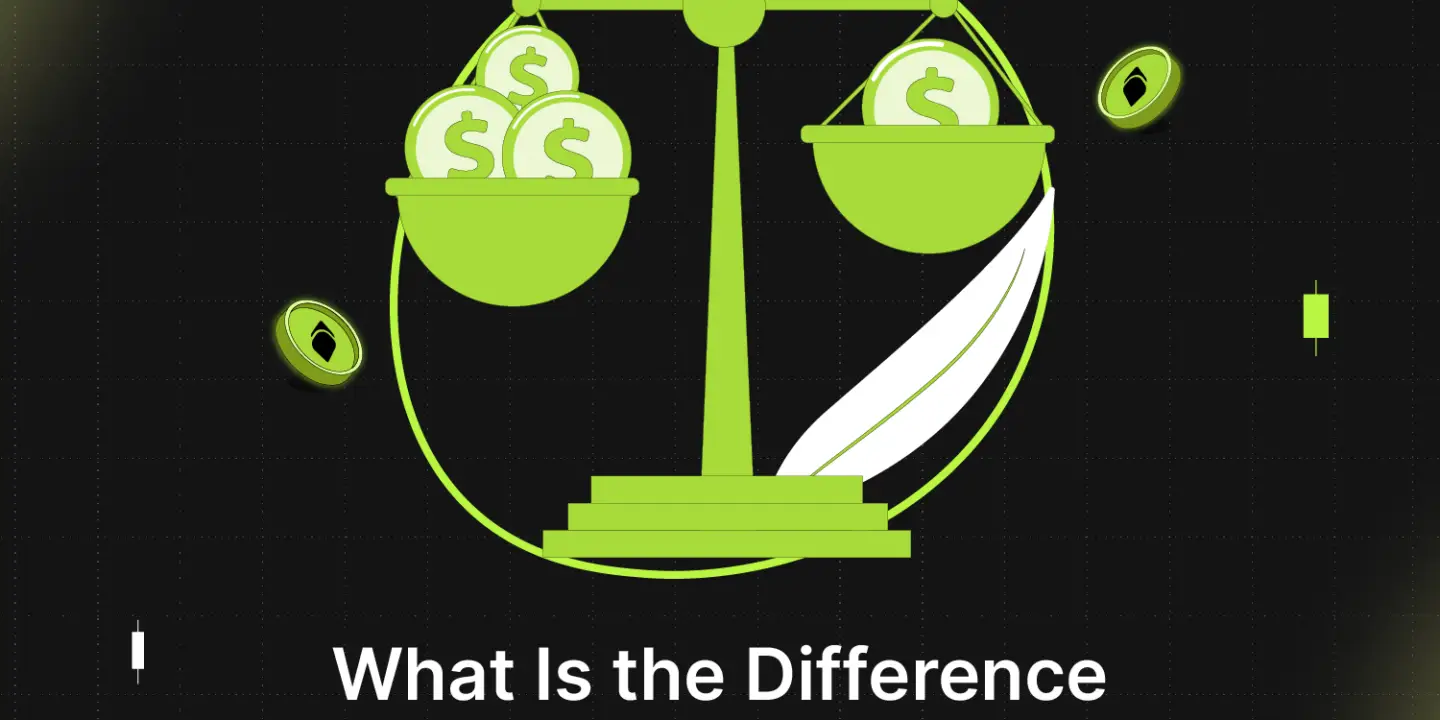
Mark Price represents the current market value of the asset underlying a futures contract. It is a calculated value used to determine margin requirements and liquidation levels, reducing the risk of manipulation and ensuring fair valuation. while Last Price, is the most recent transaction price of a futures contract, reflecting the exact price at which the last trade occurred.
How Do Mark Price and Last Price Work?
Mark Price is typically calculated based on the average of the spot market prices over a specified period. This approach reduces the risk of manipulation and ensures a valuation of the futures contract. The last Price is the exact price at which the last trade took place.
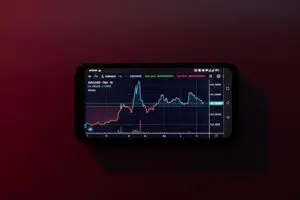
Where Can Mark Price and Last Price Be Found in Futures Trading?
Mark Price and Last Price can be found on trading platforms that offer crypto futures contracts, such as ByTrade. These values are usually displayed to help traders make informed decisions.
Uses of Mark Price and Last Price
Mark Price determines margin requirements and liquidation levels, ensuring traders maintain sufficient collateral to cover their positions. Last Price provides real-time information on recent trades, aiding traders in tracking market movements.
Which Matters More in Futures Trading?
In the context of crypto futures trading, Mark Price takes superiority. It is a stable and fair representation of the asset’s value, minimizing the risk of manipulation. Traders must closely monitor the Mark Price to manage their positions effectively.
Importance of Mark Price and Last Price
Mark Price and Last Price are vital for risk management in crypto futures trading. Mark Price ensures that traders maintain adequate margins, while Last Price provides real-time trade data. Both are integral to making informed decisions in this volatile market.
Spot Trading vs. Futures Trading
There are differences between spot trading and futures trading. Spot trading is a direct exchange of one asset for another, occurring “on the spot,” meaning the buyer pays for and receives the asset immediately or shortly after. Futures contracts involve buying or selling an asset at a predetermined price, with delivery and settlement at a later date.
In crypto futures, physical delivery occurs since the assets are digital; instead, futures contracts are settled at expiration, with realized profit or loss settled in cash.
Key Metrics in Futures Trading: Index, Mark, and Last Price
In futures trading, prices are mentioned several times with slight differences. These include the index price, mark price, and last price.
What Is Mark Price?
In futures trading, the mark price refers to the current estimated value of an asset or contract. It helps traders gauge the current value of an asset or contract and provides a benchmark for trading and investment decisions.
The mark price is determined by several factors, including current market conditions, supply and demand dynamics, and the underlying asset’s price movements.
Mark Price vs. Index Price
The index price is the real market price of the asset upon which the futures contract was constructed or of the index and calculated by finding the average of the prices of the underlying asset or the components of the index.
On the other hand, the mark price is the theoretical value assigned on the futures contract itself based on the index price and the impact of interest rate, dividends, carrying charges, and cost of risk.
Mark Price vs. Last Price
The mark price gives the approximate worth of the futures contract while the last price indicates the most recent price that was spoken at the time of the trade.
The last price is the price at which the recent trade was conducted; it refers to the actual price at which a buyer sold or bought an identity from a seller. However, because of the low liquidity or high volatility, the last price may not necessarily represent the true value of the contract.
Role of Mark Price in Risk Management
Mark Price prevents manipulation and ensures fair pricing in derivative markets. It calculates the funding rate in swap contracts and often references margin requirements and liquidation levels. Using the mark price helps protect traders from sudden margin calls and liquidations in a volatile market.
Importance of Mark Price and Last Price in Risk Management
Both Mark Price and Last Price are vital for risk management in crypto futures trading. Mark Price ensures that traders maintain adequate margins, reducing the risk of sudden liquidations due to market volatility.
Last Price provides real-time trade data, helping traders stay informed about market movements and make timely decisions. Together, these prices enable traders to manage their positions effectively and mitigate risks in the volatile crypto market.
Practical Example of Mark Price
To understand the practical application of Mark Price, consider it as the average price of gasoline in the country, whereas the Last Price is the price you pay at a specific gas station. Mark Price is not used in actual trading but monitors a position’s risk, while the Last Price is the essential market price used for trading.
Conclusion
Mark Price and Last Price are fundamental in crypto futures trading. Mark Price offers a stable and fair representation of an asset’s value for managing margin requirements and preventing manipulation.
Last Price provides real-time market data for tracking recent trades. Both metrics play roles in risk management, helping traders navigate the volatile crypto futures market effectively.



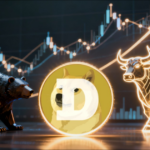

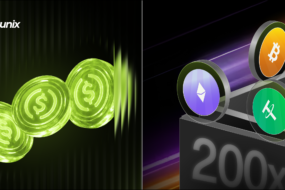
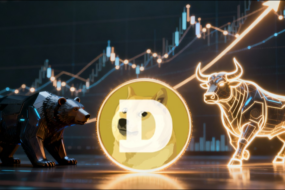

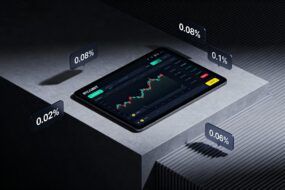
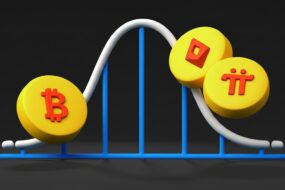
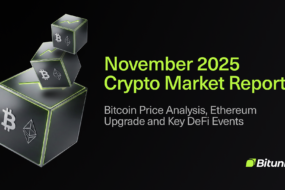
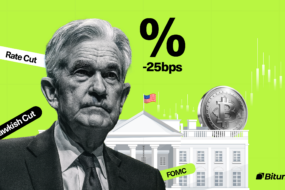

2 replies on “What Are the Mark Price and Last Price?”
Hi there, I found your site via Google while looking for a related topic, your website came up, it looks good. I’ve bookmarked it in my google bookmarks.
Keep on working, great job!